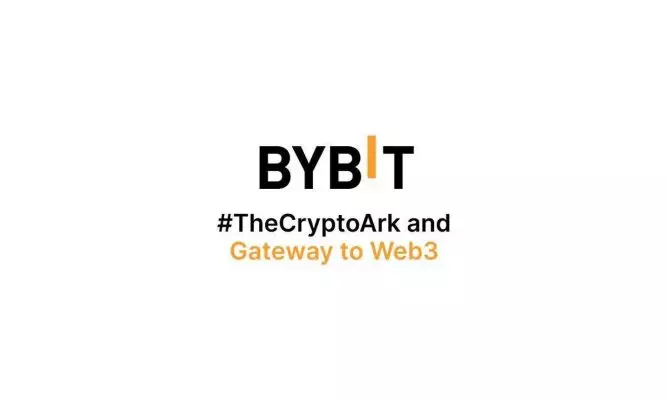
The rapid proliferation of the Internet of Things (IoT) technology and the expanding reach of blockchain solutions present a compelling intersection point in device lifecycle management. With an ever-increasing number of interconnected devices, robust and efficient lifecycle management becomes critical in the IoT paradigm. Here, blockchain technology plays a crucial role by contributing to the integrity and security of IoT devices across their lifecycle.
The IoT Device Lifecycle
IoT device lifecycle management refers to the comprehensive process of managing the various stages of an IoT device’s lifespan. From inception and deployment, through operation and maintenance, to the eventual retirement or replacement of the device, this management encompasses every aspect of an IoT device’s journey.
The importance of IoT device lifecycle management cannot be overstated. Given the rising proliferation of IoT devices, lifecycle management ensures the seamless operation, timely updates, and eventual safe decommissioning of these devices. By enabling proactive identification and resolution of potential issues, lifecycle management contributes to optimal device performance, improves overall security, and protects data integrity.
Stages of IoT Device Lifecycle: From Device Provision to Device Retirement
The journey of an IoT device encompasses a series of vital phases:
- Device Provisioning: At the outset, the IoT device undergoes registration within the network and is tailored to the user’s specific requirements.
- Device Operation: Subsequently, the device springs into action, diligently executing its assigned duties, collaborating with fellow devices in the network, and generating valuable data.
- Device Maintenance: This involves regular updates and patches to the device firmware or software to keep it functioning optimally, and also includes dealing with any operational issues that may arise.
- Device Retirement: Eventually, when a device reaches the end of its serviceable life or becomes obsolete, it is retired from the network and replaced if necessary.
Challenges in IoT Device Lifecycle Management
Despite its importance, managing the lifecycle of an IoT device is fraught with challenges:
- Security: Given the large number of devices in an IoT network and their diverse nature, ensuring device security across their lifecycle is a significant concern. Ensuring the security of devices against unauthorized access and malicious cyber activities is a crucial aspect to consider.
- Scalability: As the network expands, the task of managing a larger quantity of devices becomes more intricate, posing scalability challenges.
- Device Authentication: Verifying the identities of devices in an expansive network can be challenging. Ensuring that each device is authentic is crucial for maintaining the integrity of the entire system.
- Data Management: The vast amounts of data generated by IoT devices pose a challenge in terms of storage, analysis, and making meaningful interpretations.
- End-of-Life Management: Retiring and replacing devices in a secure and eco-friendly manner is a critical but often overlooked challenge in IoT device lifecycle management networks.
How Blockchain Technology Can Help
Blockchain, a distributed ledger technology known for its decentralization, transparency, and immutability, can help address these challenges. The application of blockchain technology can significantly transform the IoT device lifecycle management in several ways:
Improved Security and Privacy: Blockchain’s decentralized nature eliminates single points of failure, enhancing the security of IoT networks. Its cryptographic principles ensure data privacy, making unauthorized access nearly impossible.
- Traceability and Transparency: The immutable nature of blockchain records provides an audit trail for every device within the network, facilitating transparency and traceability throughout the device lifecycle.
- Device Identity and Authentication: Blockchain can be used to establish and verify the identity of IoT devices, preventing identity spoofing and enhancing device authentication.
Case Study: Real-life Applications of Blockchain in IoT
Various organizations are currently harnessing the power of blockchain in their IoT applications.
Elas Digital, for instance, relies on blockchain for its IoT operations. Despite having a small team, the company emphasizes its openness to bring in developers without prior blockchain experience, understanding that the technical intricacies can be taught while focusing on actual project development.
Predict Ecology represents another compelling use case. The company values industry-specific knowledge in its blockchain developers, underlining the importance of understanding the nuances of the industry for meaningful and practical blockchain integrations.
Similarly, WeatherSV and MetaStreme focus on application development using open-source IoT platforms interfaced with blockchain. The companies are moving from core blockchain development to focus on application-level work, building bridges between IoT networks, devices, and the Bitcoin network.
Bottom Line
In summary, the integration of blockchain technology presents enormous potential in IoT device lifecycle management. As the real-life applications highlight, this intersection can bring about revolutionary changes in how we approach device security, traceability, and integrity.
This field opens a vista of opportunities for developers and specialists. With the continual evolution of IoT and blockchain technologies, having a diverse skill set—ranging from understanding industry-specific requirements to adapting open-source IoT platforms for blockchain integration—will be increasingly valued.
Indeed, the future of IoT device lifecycle management seems securely anchored in the profound capabilities of blockchain technology.


